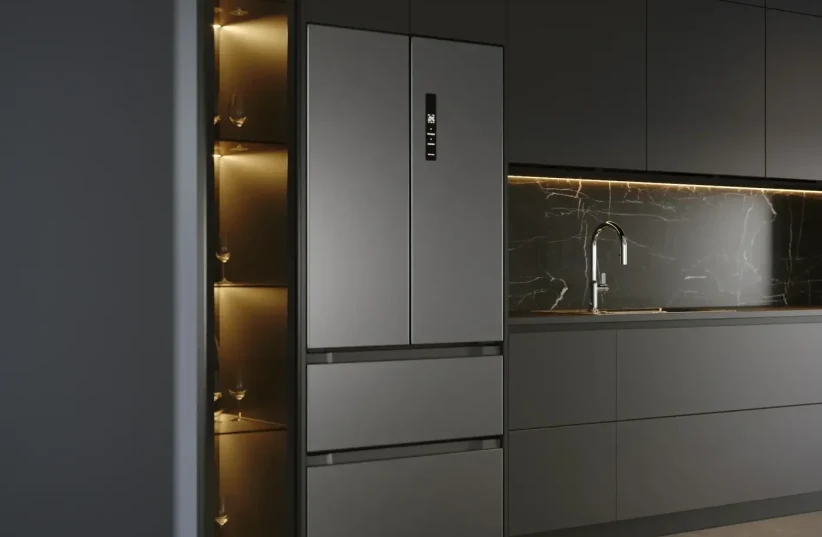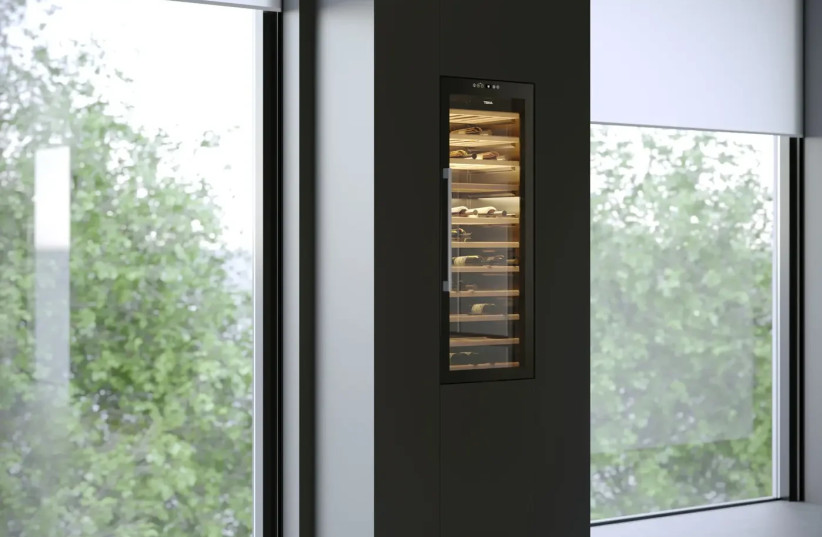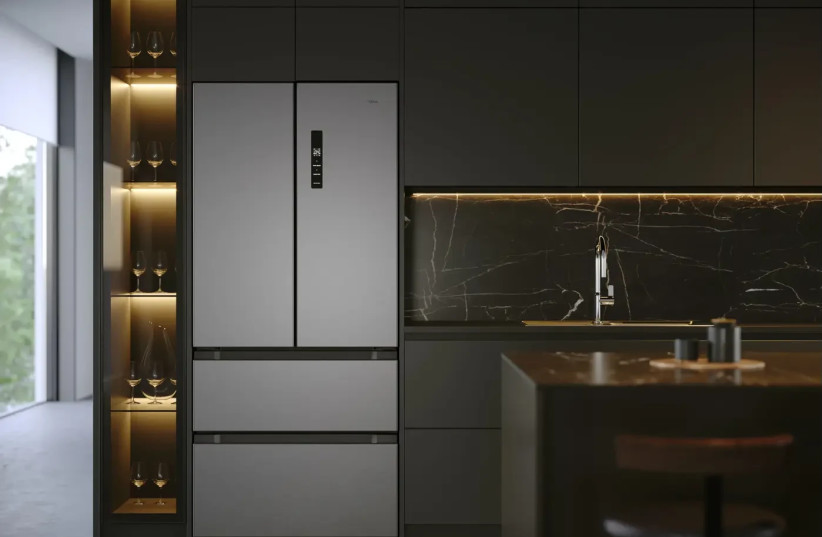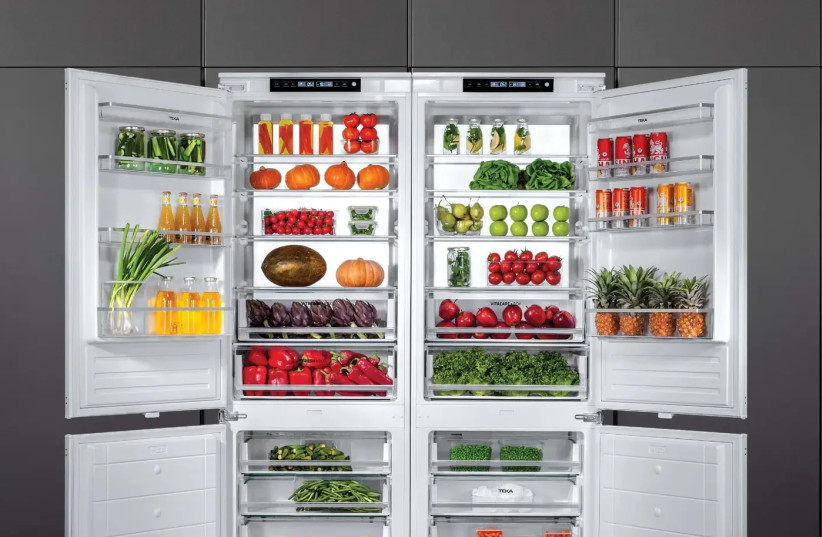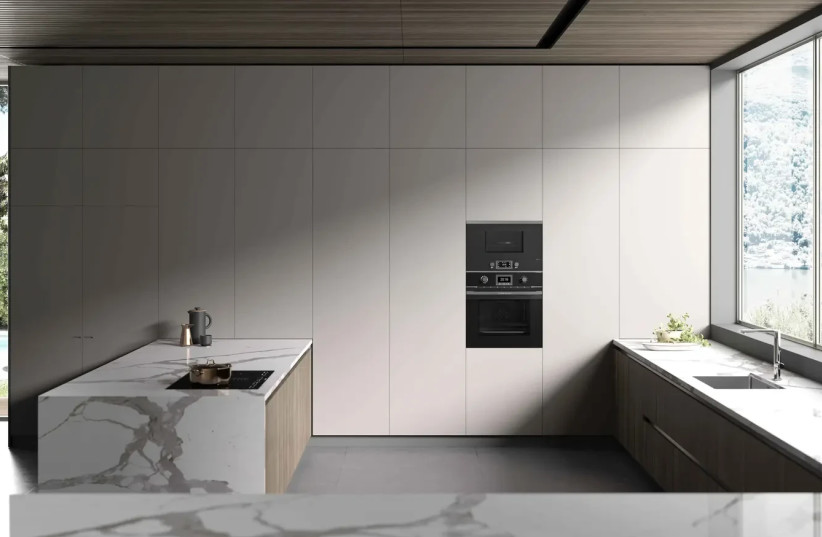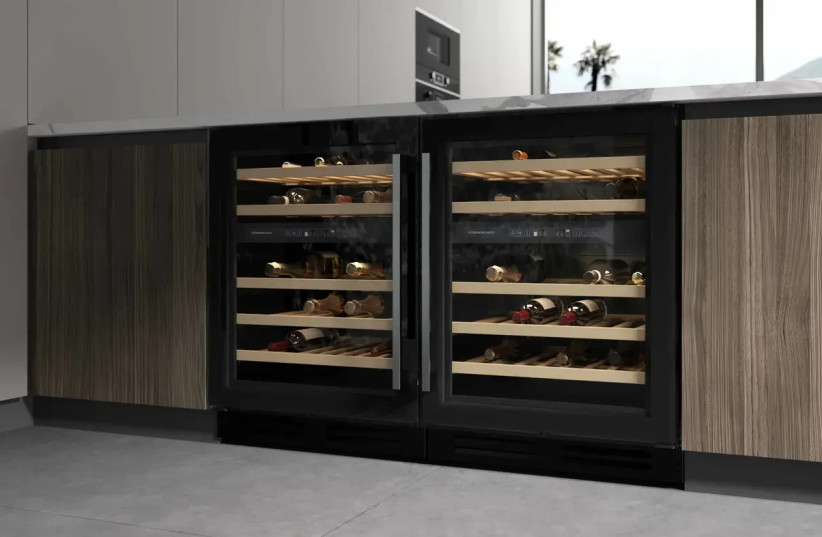Not much has changed in the refrigerator domain over the past 20 years, but suddenly, in the last two years, the refrigerator sector has undergone significant changes. What began as a mere aesthetic highlight with colorful designs is now seeing the next upgrade expressed through sophisticated technology, convenience, and a plethora of options.
A survey conducted last December by the American NRFA revealed that 81% of consumers cook more than half of their meals at home, with 64% of American consumers opting for cooking due to economic considerations. Health considerations also play a role, with the quality of ingredients (65%) and health (49%) being significant factors influencing consumers' choices at the grocery store, which also affects the Israeli consumer.
Accordingly, refrigerators are adapting to consumer demands. Electrical appliance manufacturers are presenting larger refrigerators, allowing households needing large quantities of groceries to store and preserve them. Additionally, the new refrigerators are characterized by flexible designs and smart features. As the Passover renovation season approaches, these are the trends we expect to see in the refrigerator market:
While refrigerators were previously limited to a height of 1.78 meters, this year we are witnessing refrigerators reaching heights exceeding 2 meters, allowing for more food storage and maximum convenience. Just at the beginning of the year, refrigerators with an additional height of nearly 30 cm, reaching 1.94 meters in height and 70 cm in width, were introduced.
Another refrigerator that breaks height records, measuring no less than 192 cm, presents a surprising innovation: the ability to accommodate a whole pizza tray in the freezer. What was previously impossible due to the partition limiting the size of the items we wanted to store in the freezer is now possible with a partitionless freezer allowing for the storage of large food items: from pizza trays to large cuts of meat and even large baking pans and pots.
Appliance brands are introducing innovative models in No Frost technology that prevents ice buildup in the rear. This means the refrigerator does not "sweat," keeping products fresh for longer periods, the refrigerator's content does not stick to its rear part, and the refrigerator is more energy-efficient.
Additionally, some refrigerators are equipped with features such as FastCooling/FastFreezing, automatic switching off, rear LED panel, Eco Mode (energy-saving mode), and an acoustic alarm for alerts in case of malfunction or prolonged opening. Moreover, the refrigerator can maintain storage for up to 10 hours in case of power outage, thanks to advanced insulation.
The increase in home cooking consumption and popularity has led to a growing need for freezer and cooling space. However, due to varying requirements among consumers, the cooling sector is undergoing a change, allowing for broader adaptation with a variety of models so that everyone can find the suitable volume and size.
Unlike in the past, today the market showcases a wide array of cooling devices in different capacities. Options allow consumers to create units tailored to their needs. For example, modular devices enable the connection of three devices to one unit, two refrigerators and a freezer (or vice versa) - according to your needs.
Additionally, under-counter device series (below the counter) of refrigerators and freezers at a height of 60 cm, come with a cover, tailored for those restricted in space. This series is suitable for those requiring additional storage or freezing space or alternatively for cooling devices in hospitality rooms and even guest rooms. The series allows them to utilize the "dead" spaces in the kitchen (under the oven, under the counter, etc.).
While in the past, the ability to integrate seamlessly into a cabinet with a door identical to kitchen cabinet doors was reserved for dishwashers - now the design element also extends to the refrigerator domain. Electrical appliance brands are presenting built-in refrigerators with doors identical to kitchen cabinet doors, causing the refrigerator to "blend in" inside the kitchen cabinet and providing a smooth and aesthetic kitchen line.
As part of the changes, wine consumption has also increased in recent years, leading to the development of specialized cooling devices. Unlike old wine refrigerators, the new wine refrigerators function as real furniture, so the question was always where to place them. The new refrigerators on the market come in various sizes, allowing easy integration into any kitchen and highlighting them as well as standing next to the oven.
Moreover, refrigerators offer an innovative user experience, allowing door opening through a proximity sensor. This action is performed without pulling the door or handle, but rather through a simple touch, providing maximum convenience. The refrigerators are equipped with electronic temperature control, digital display, and wooden shelves for optimal wine storage. The black glass door with UV protection ensures wine quality, and the refrigerators are equipped with LED lighting to highlight the bottles, dynamic cooling system, acoustic alarm for safety, and a water reservoir to maintain humidity levels.
In addition, a new refrigerator that combines a home refrigerator with a wine refrigerator has been launched. The device aims to meet consumers' need to use a wine refrigerator and save space in the kitchen simultaneously. The device is expected to be available for purchase in Israel in a month.
